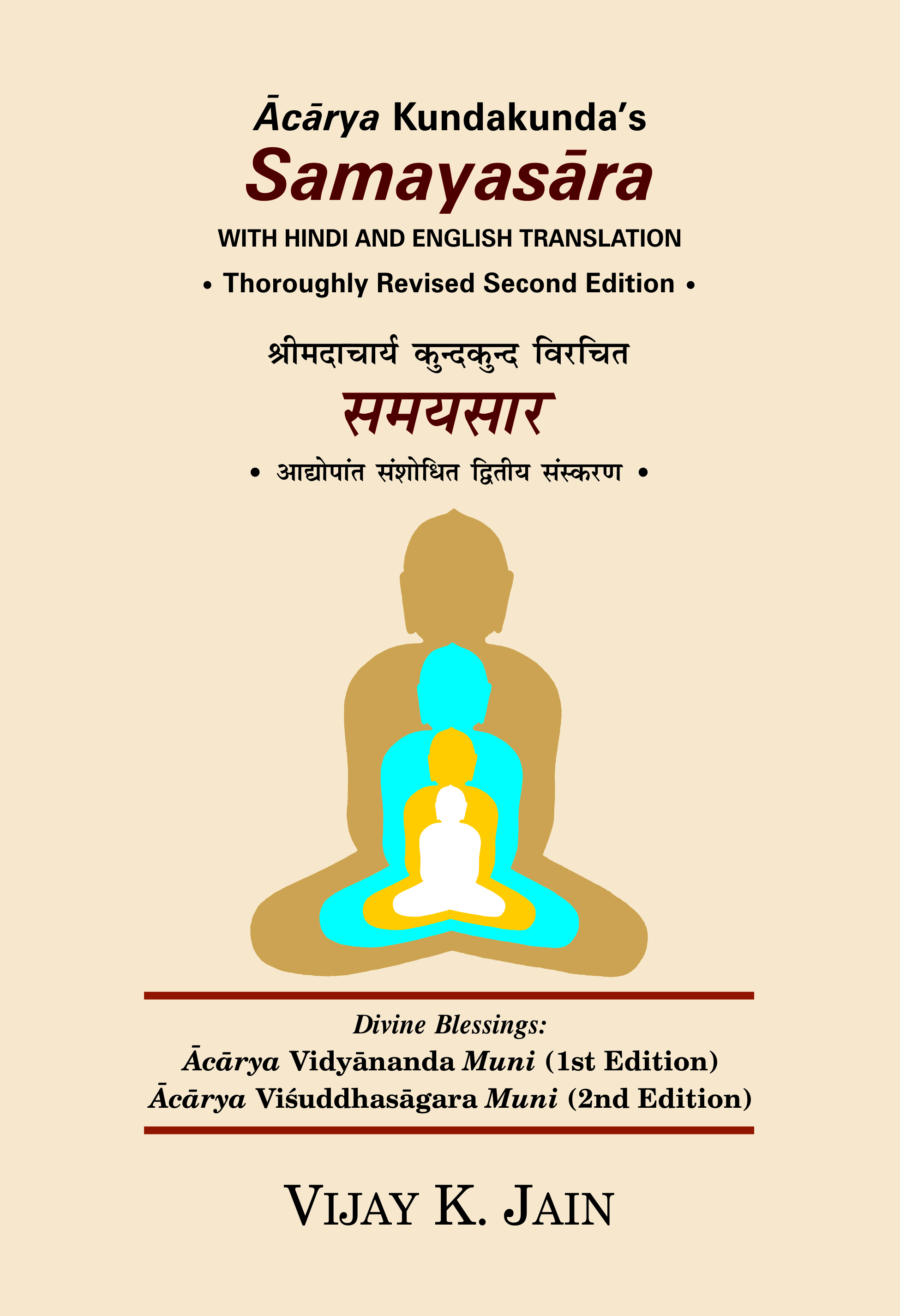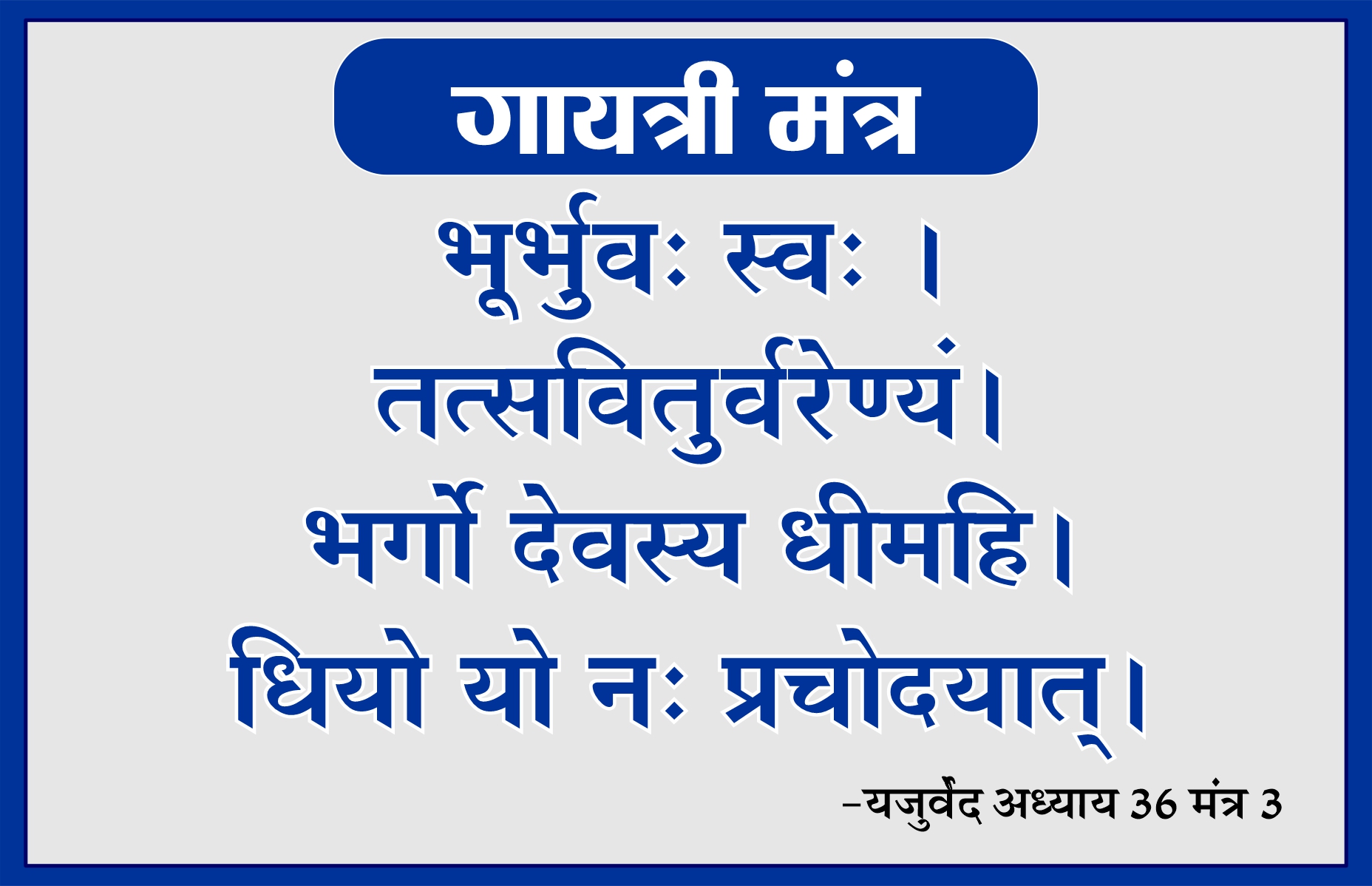Have you ever wondered how to ask someone “How Are You?” in Hindi? It’s fascinating how different languages have unique ways of expressing the same sentiment. In Hindi, the phrase “How Are You?” is commonly translated as “Aap kaise hain?” or “तुम कैसे हो?”. It’s intriguing to explore the meanings and cultural nuances behind these words, and understand how they reflect the rich tapestry of the Hindi language.
How Are You Meaning In Hindi encompasses more than just the translation of a simple greeting. It delves into the heart of the language, revealing the importance of respect and politeness in Indian culture. In Hindi, the use of formal or informal language depends on the level of familiarity or social hierarchy between individuals. Additionally, the response to this question often includes detailed inquiries about well-being, family, and other personal aspects, manifesting the value of emotional connection and genuine interest in Hindi communication.
In Hindi, “How Are You” is translated as “कैसे हो आप”. It is a common greeting used to inquire about someone’s well-being. This phrase is a polite and friendly way to start a conversation, whether in a formal or informal setting. Hindi is one of the widely spoken languages in India, so knowing basic greetings like these can be helpful for communication.

Understanding the Meaning of “How Are You” in Hindi
In Hindi, the phrase “How are you?” translates to “Aap kaise hain?” or “Tum kaise ho?” depending on the level of formality you want to convey. This is a common everyday greeting used to inquire about someone’s well-being and express interest in their state of being. In Hindi culture, asking “How are you?” is considered polite and shows care and concern for the other person. Let’s explore the nuances and cultural significance of this phrase in more detail.
When you ask someone “Aap kaise hain?” or “Tum kaise ho?” in Hindi, you are initiating a conversation and showing a genuine interest in the other person’s welfare. It is important to note that Hindi is a highly contextual language, and the way you greet someone can vary depending on factors such as age, social status, and the level of familiarity between the individuals.
If you want to learn more about the nuances of Hindi phrases and their meanings, you can explore resources such as this article on the meaning of crush in Hindi or this article on the meaning of career in Hindi. These articles provide insights into different words and phrases commonly used in everyday Hindi conversations, offering a deeper understanding of the language and its cultural context.
The Significance of “How Are You” in Hindi Culture
In Hindi culture, asking “How are you?” is more than just a formality or a way to greet someone. It is an expression of care, concern, and politeness. When you ask someone about their well-being, you are acknowledging their presence and showing that you value their feelings.
In formal settings, such as professional or official meetings, the phrase “Aap kaise hain?” is generally used to address someone. This form of greeting is respectful and appropriate for elders, authority figures, or individuals you are meeting for the first time. It demonstrates your adherence to the cultural norms of respect and formality.
On the other hand, when addressing friends, family members, or acquaintances of similar age or social standing, you can use the more casual phrase “Tum kaise ho?” This form of greeting conveys a sense of familiarity and comfort, reflecting the close relationship between the individuals. It is important to gauge the appropriate level of formality based on the context and the nature of your relationship with the person you are greeting.
Understanding the cultural significance of greetings and phrases like “How are you?” is crucial for effective communication and building relationships in Hindi-speaking communities. It shows respect and consideration for the other person’s emotions and well-being, contributing to a positive social interaction.
The Role of “How Are You” in Different Situations
“How are you?” is a versatile phrase that can be used in various situations to initiate or continue a conversation. Let’s explore the different contexts in which this phrase is commonly used in Hindi culture:
1. Everyday Conversations
In casual, everyday conversations, asking “How are you?” can serve as an icebreaker or a way to express genuine interest in the other person’s well-being. It allows for a brief exchange of pleasantries and sets the tone for further discussion. This is particularly common when meeting friends, colleagues, or acquaintances.
Hindi-speaking communities value personal connections and building relationships, so inquiring about someone’s well-being is an important part of social interactions. It creates a sense of warmth and enhances the bonding experience.
When using the more formal version of the phrase, “Aap kaise hain?”, you show respect to the person you are speaking with. This is especially relevant when interacting with elders, superiors, or individuals you may not be acquainted with.
Using the casual form of the phrase, “Tum kaise ho?”, is appropriate when conversing with friends and peers of similar age and familiarity level. This creates a relaxed and informal atmosphere, allowing for open and friendly communication.
2. Professional Settings
In professional settings, such as interviews, business meetings, or formal events, it is common to ask “How are you?” as a courtesy before delving into the main agenda. This demonstrates professionalism and consideration for the well-being of others.
When using the formal version of the phrase, “Aap kaise hain?”, you convey respect and professionalism. This is particularly important when interacting with superiors, clients, or individuals of higher professional status.
Using the casual form of the phrase, “Tum kaise ho?”, in such settings may not be appropriate unless you share a close personal or professional relationship with the person you are addressing.
3. Expressing Genuine Concern
Asking “How are you?” in Hindi also serves as a way to express genuine concern for someone’s well-being. If you notice that someone seems upset, unwell, or going through a tough time, offering to listen and asking “How are you?” in a compassionate manner can provide comfort and support.
In such situations, it is important to be empathetic and actively listen to the other person’s response. By showing genuine care and concern, you can deepen your relationship and create a safe space for open dialogue.
Understanding the Responses to “How Are You”
When you ask someone “How are you?” in Hindi, it is common for them to respond with a brief answer reflecting their current emotional and physical state. Let’s explore some common responses and their meanings:
1. Accha Hoon/ Acchi Hoon (I am fine/good)
The most common response to “How are you?” is “Accha hoon” for males and “Acchi hoon” for females, which translates to “I am fine” or “I am good.” This response indicates that the person is in a positive state of well-being and does not require further assistance or attention.
It is also possible for someone to respond with “Theek hoon” or “Sambhal raha hoon,” which mean “I am okay” or “I am managing.” These responses indicate that the person may not be feeling great but does not want to burden the conversation with their problems.
2. Thik-thak (So-so)
Another common response is “Thik-thak,” which means “so-so” or “okay.” This indicates that the person is neither feeling exceptionally well nor unwell. It is a neutral response that does not require further probing unless the person chooses to elaborate on their state of being.
3. Khushi se (With happiness)
Someone may respond with “Khushi se,” which means “with happiness.” This indicates that the person is feeling happy and content at the moment. It is a positive response and reflects a positive emotional state.
Conclusion
In Hindi culture, asking “How are you?” is more than just a casual greeting. It is a way to show care, concern, and politeness towards the other person. Whether you use the formal “Aap kaise hain?” or the casual “Tum kaise ho?”, the phrase carries meaning and significance.
By understanding the cultural context of greetings and the responses given, you can engage in meaningful conversations and build connections with Hindi-speaking individuals. Remember to consider the appropriate level of formality and show genuine interest in the well-being of others.
For further insights into Hindi language and culture, you can explore resources such as this article on the meaning of crush in Hindi and this article on the meaning of career in Hindi.

Frequently Asked Questions
In this section, we will provide answers to some common questions related to the meaning of “How Are You” in Hindi.
1. What is the meaning of “How Are You” in Hindi?
The literal translation of “How Are You” in Hindi is क्या हाल है (Kya haal hai?).
When someone asks “क्या हाल है” (Kya haal hai?), they are inquiring about your well-being or current state. It is a common greeting in Hindi used to show concern and express politeness towards the other person.
2. Are there any alternative phrases with similar meaning in Hindi?
Yes, there are other ways to ask about someone’s well-being in Hindi:
a. आप कैसे हैं? (Aap kaise hain?) – This is a formal way to ask “How Are You?”
b. तुम कैसे हो? (Tum kaise ho?) – This is an informal way to ask “How Are You?”
3. How do I respond to the question “क्या हाल है” (Kya haal hai?) in Hindi?
You can respond to the question “क्या हाल है” (Kya haal hai?) by saying:
a. मैं ठीक हूँ। (Main theek hoon.) – If you are feeling fine.
b. मैं अच्छा हूँ। (Main achha hoon.) – If you are feeling good.
c. मैं बहुत खुश हूँ। (Main bahut khush hoon.) – If you are feeling very happy.
4. Can “How Are You” be used in formal and informal situations in Hindi?
Yes, the phrase “How Are You” can be used in both formal and informal situations in Hindi. However, it is important to use the appropriate form of address:
a. In formal situations, use “आप” (Aap) as the form of address. For example, “आप कैसे हैं?” (Aap kaise hain?)
b. In informal situations, use “तुम” (Tum) as the form of address. For example, “तुम कैसे हो?” (Tum kaise ho?)
5. Is “क्या हाल है” (Kya haal hai?) the only way to ask “How Are You” in Hindi?
No, “क्या हाल है” (Kya haal hai?) is not the only way to ask “How Are You” in Hindi. You can also use other phrases like:
a. “कैसे हो” (Kaise ho) – This is an alternative way to ask “How Are You?”
b. “सब ठीक?” (Sab theek?) – This is an informal way to ask “Is everything fine?”
So, what does “How are you” mean in Hindi? “How are you” translates to “आप कैसे हैं” in Hindi. This is a common greeting in Hindi and is used to ask about someone’s well-being or to inquire how they are doing.
Hindi is the official language of India, and greetings like “आप कैसे हैं” are commonly used in both formal and informal settings. Knowing basic phrases like this can be helpful when communicating with Hindi speakers or traveling to India. It’s always nice to learn greetings in different languages!